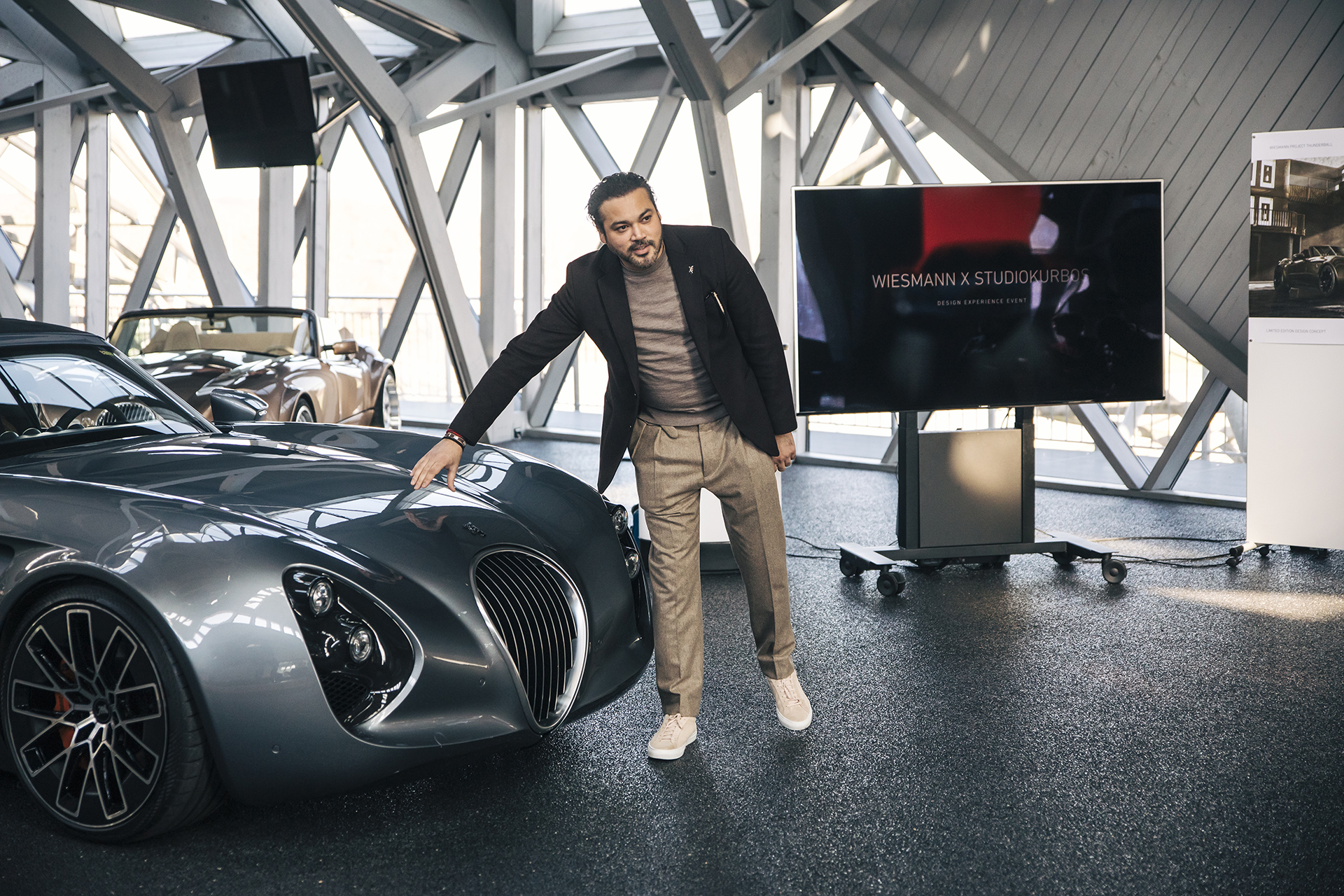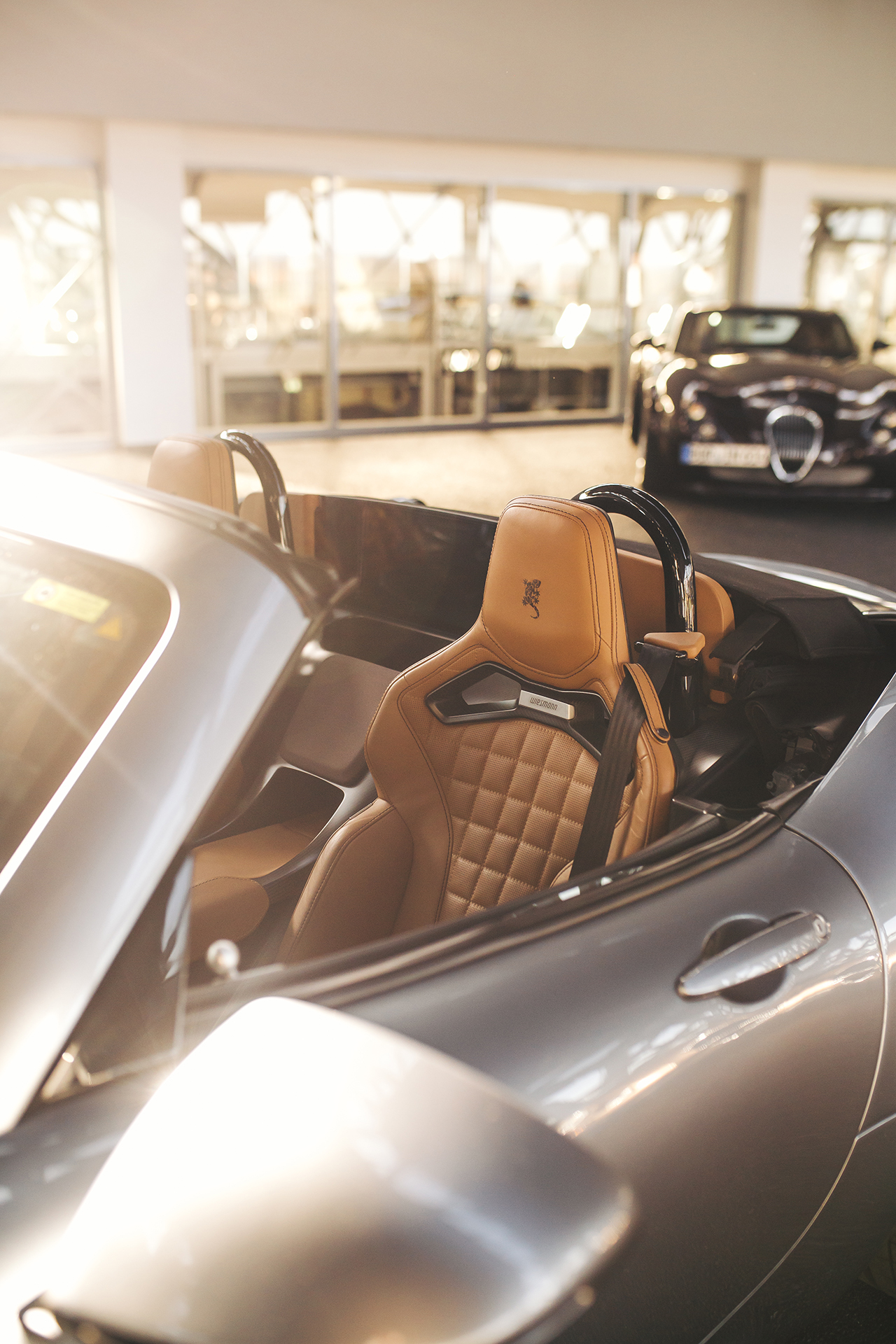The race to electrify has intensified as the hard deadline of 2030 swiftly nears on the horizon – and I have to say I’m slowly warming to the idea.
It’s not that there is anything wrong with electric cars, rather that green credentials aside, there’s not much to look forward to from a purely driving perspective. While combustion engines give us drama, acoustics, aromas and emotion, electric cars give us serene feature-rich efficiency while helping save this rotating spaceship we all live on.
That said with every new electric car iteration, I see a greater divergence from the norms that have typified automotive design in past decades, each company approaching this new challenge in their own way. Whether it’s with the mirrors, cabin space, connectivity, storage placements, designs and gadgetry galore, one thing is certain…
Automotive innovation is well and truly back, and I love it.


One real positive is that electrification gives heritage brands an opportunity reinvigorate themselves, representing in an authentic way that gives them renewed longevity and appeal. Take German Automotive brand Wiesmann for example. Founded by the Wiesmann brothers in 1988, despite many years of successful operation he luxury sports-car manufacturer was on the verge of fading from existence. In 2016 the company was acquired by motoring enthusiast and keen car collector Roheen Berry, his goal being to restore Wiesmann back to one of Germany’s most lauded luxury brands.
I recently visited their factory in Münster, Germany, to learn more about the brand’s story and latest release, Project Thunderball. As you approach the factory, you see the whole building ensconced in a metallic matrix that transforms it into a giant Gecko — the gecko being the famous symbol of the Wiesmann brand.
“Every time I want to clean it, the entire German government gets involved.”
Roheen tells me, as I sit with him in his office. He was reminiscing about what the Weismann factory once was and more importantly what he wants to return it too. Like most journeys worth taking, Roheen’s path to Wiesmann Thunderball has not been an easy one.
Typifying his approach throughout, he doesn’t plan on letting that stop him.
“I’m going to get a firetruck, you know one of the American ones? We’ll use that to clean it otherwise it’ll never get done. The front of the building is also ours now and you’ll be able to enter from there. Surrounding that will be a body, of water and trees it will really make the space pop.”


It was one of many such conversations I had with Roheen over the day, his solution first mentality evident in every aspect of the Thunderball’s creation. This latest Wiesmann model was not always going to be an electric car, but in retrospect an enforced break in development due to the impact of COVID might actually turn out to be a timely one.
Given the fast-changing legislation and the proposed phasing out of combustion engines, Roheen and his team were able to pivot plans to an all-electric model.
That’s not to say it was easy mind you.
The history of Wiesmann is a proud one, the brand emerging from the purest form of automotive enjoyment, handcrafted to provide an aesthetically pleasing car, yes, but more importantly an engaging one, connecting the driver closely to the emotion of the drive. Built with a variety BMW performance engines, their famed ZF gearbox and Wiesmann’s hand built dynamic chassis, performance was always at the very heart of the Wiesmann brand. It was also how current owner Roheen fell in love with the brand in the first place, “borrowing” his brother’s Wiesmann car and—as many do—falling in love with the drive and its unique appearance.

This move to electric has enabled Wiesmann to have a completely bespoke electric powertrain made meaning that Project Thunderball is 100% Wiesmann from top to tail. Not content with that, they developed even more bespoke new features that are not only fully Wiesmann, but also unique in the automotive world.
One such example is the is “key”; a curved-edged squared micro-tablet, that looks innocuous at first glance, but when placed in in a secure debossed section (where the gearstick would ordinarily be) adds another layer design pedigree to an already elegantly ostentatious interior. Aesthetically, this key augments the Thunderball’s personality and compliments it in such a way that owners can truly own the car design in its entirety.


Another feature is the ability to change gears; at the time of its conception the first of its kind in a commercial performance electric sportscar. It sounds strange, but adding this nostalgic element to the drive of an electric car allows the drama and connectivity to the drive that so many enjoy from performance combustion cars and, more importantly for Roheen, the previous Wiesmann models.
Couple these features with an agile 0-62mph of 2.9seconds and the convenience of super-fast 300kW (DC) charging, not even the €300k price tag will halt Project Thunderball’s coronation as the retro-styled super car of the future.








